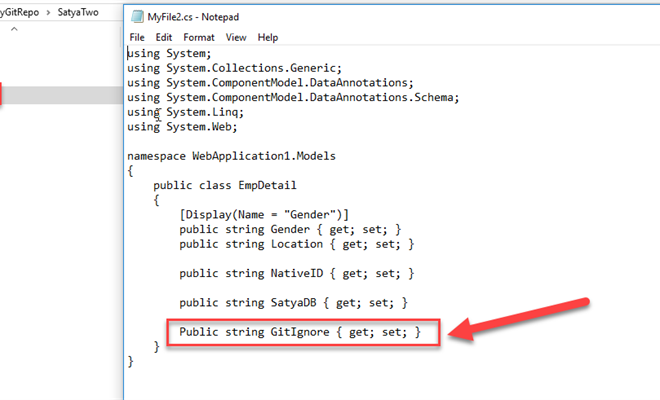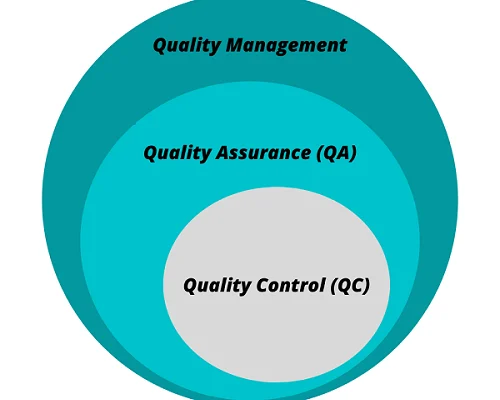What Is a Gitignore File and How Can You Make One?

Git is a version control system that is used to manage and track code changes. It allows developers to collaborate on code projects easily and efficiently. One of the essential features of Git is the Gitignore file, which plays a crucial role in keeping the repository clean and organized. In this article, we will be discussing what a Gitignore file is and how you can create one.
What is a Gitignore file?
A Gitignore file is a hidden file that contains a list of files or directories that Git will ignore during file tracking or versioning. The purpose of this file is to exclude certain files that don’t need to be tracked, such as generated files, logs, build files, or cached files. These files may be specific to an individual developer and not relevant to the project as a whole.
Creating a Gitignore file:
To create a Gitignore file, you need to follow the below steps:
1. Open the terminal or Git bash and navigate to the root folder of the project using the ‘cd’ command.
2. Create a new file named ‘.gitignore’ using the touch command.
3. Open the .gitignore file using a text editor like Nano, Vim, or Sublime Text.
4. Now, add files or folders that you want to exclude from version control. You can add files with a specific extension or entire directories. For example, if you want to exclude all files with the .log extension, you can add the following line to the .gitignore file:
*.log
If you want to exclude an entire folder, you can add the following line:
folder-name/
5. Save the file and exit the text editor. The Gitignore file is now ready to use.
Using a template:
If you are working with a specific type of project, you can also use a Gitignore template. These templates are available on the GitHub repository and cover many programming languages, frameworks, and tools. You can use these templates as a starting point and customize them according to your requirements.
To use a template, follow the below steps:
1. Go to the GitHub Gitignore repository.
2. Choose the language or framework you are working with.
3. Open the file, select all the contents, and copy them.
4. Create a new .gitignore file in your project’s root directory and add the copied content to it.
5. Save the file, and Git will now ignore the files or directories specified in the Gitignore file.
Conclusion:
Ignoring files in Git is important to keep your repository clean and focused on the main project. By creating and maintaining a Gitignore file, you can avoid clutter and improve the performance of Git commands. With this article’s information, you are now equipped to create your own Gitignore files and use Git more efficiently.






